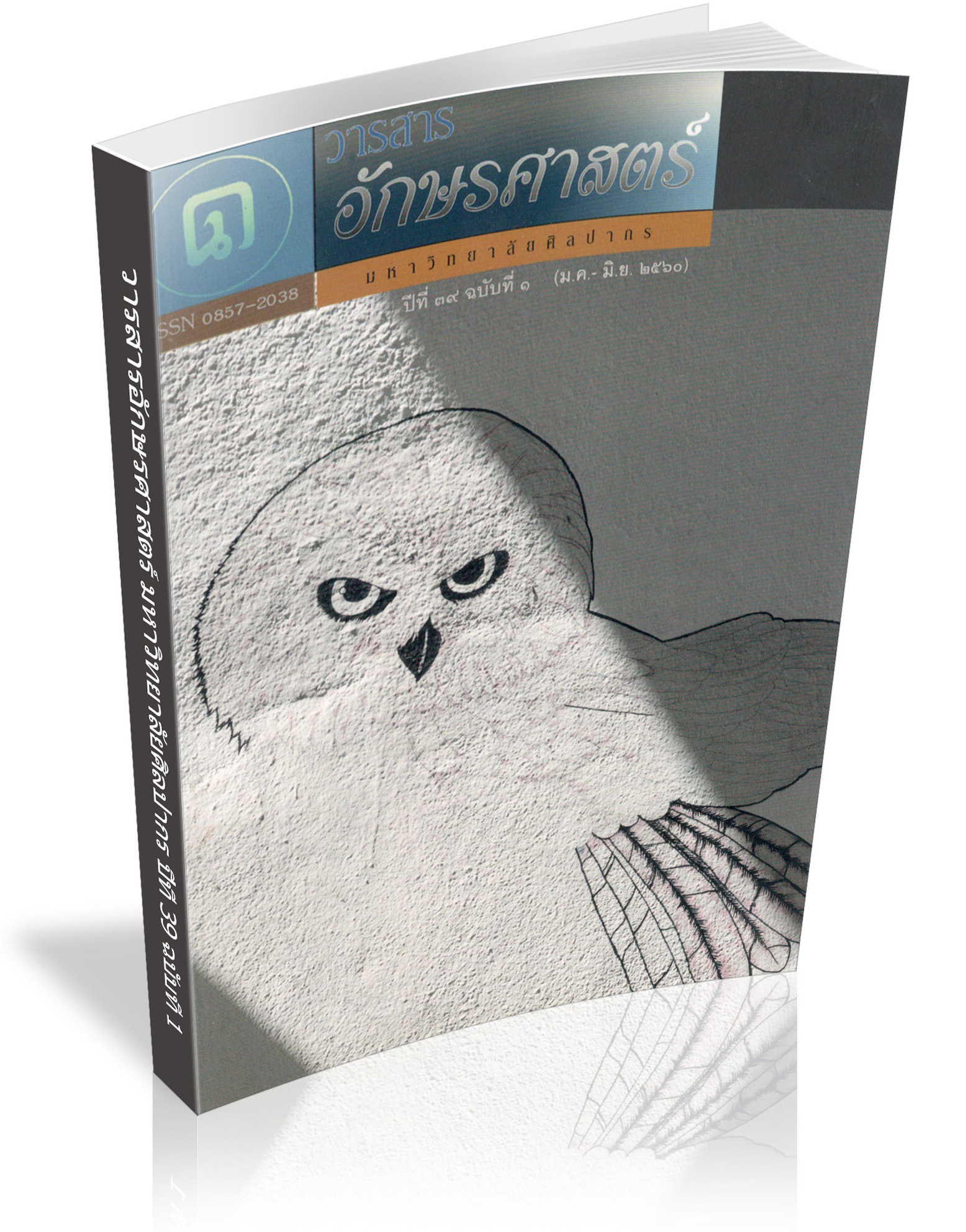The Shogunate and the Consolidation of Political Power in the Early Tokugawa Period of 1603-1651
Keywords:
Tokugawa Shogunate, Baku-Han, Sankin Kotai, Kuge Sho-hattoAbstract
This article studies the golden era of early Tokugawa Japan (1603-1651 A.D.), focusing on explaining the process by which the Tokugawa Shogunate under leadership of Tokugawa leyasu, Tokugawa Hidetada and Tokugawa lemitsu consolidated their power over politics and governments. One Important measure used by the three Shoguns to put the country firmly under their controls was a political system known as Baku-Han which was a combination of centralized and decentralized control. Within the system, the Shogunate acted as a central government while relegated local governments to the Daimyo. Political controls over the Daimyo were achieved by using a hierarchical division of Daimyo according to their relations with the Shougunate, the proclamation of Buk Sho-hatto laws, and the use of Sankin Kotai system. In dealing with the Emperor, the Tokugawa Shoguns subtly asserted control by expressing loyalty and respect to the throne with the construction of new palace called Gyoen, while at the same time using Kuge Sho-hatto laws that effectively interfered and deprived the Emperor and his court of their power. The ability of these three Tokugawa Shoguns to successfully manipulate and control both the Daimyo and the Emperor became an underlining factor for the political success of the Tokugawa clan who continued to govern Japan for well over 250 years (1603-1868)
Downloads
Downloads
Published
How to Cite
Issue
Section
License
ผู้เขียนบทความต้องยินยอมในข้อกำหนดต่าง ๆ ของวารสารก่อนส่งบทความตีพิมพ์




